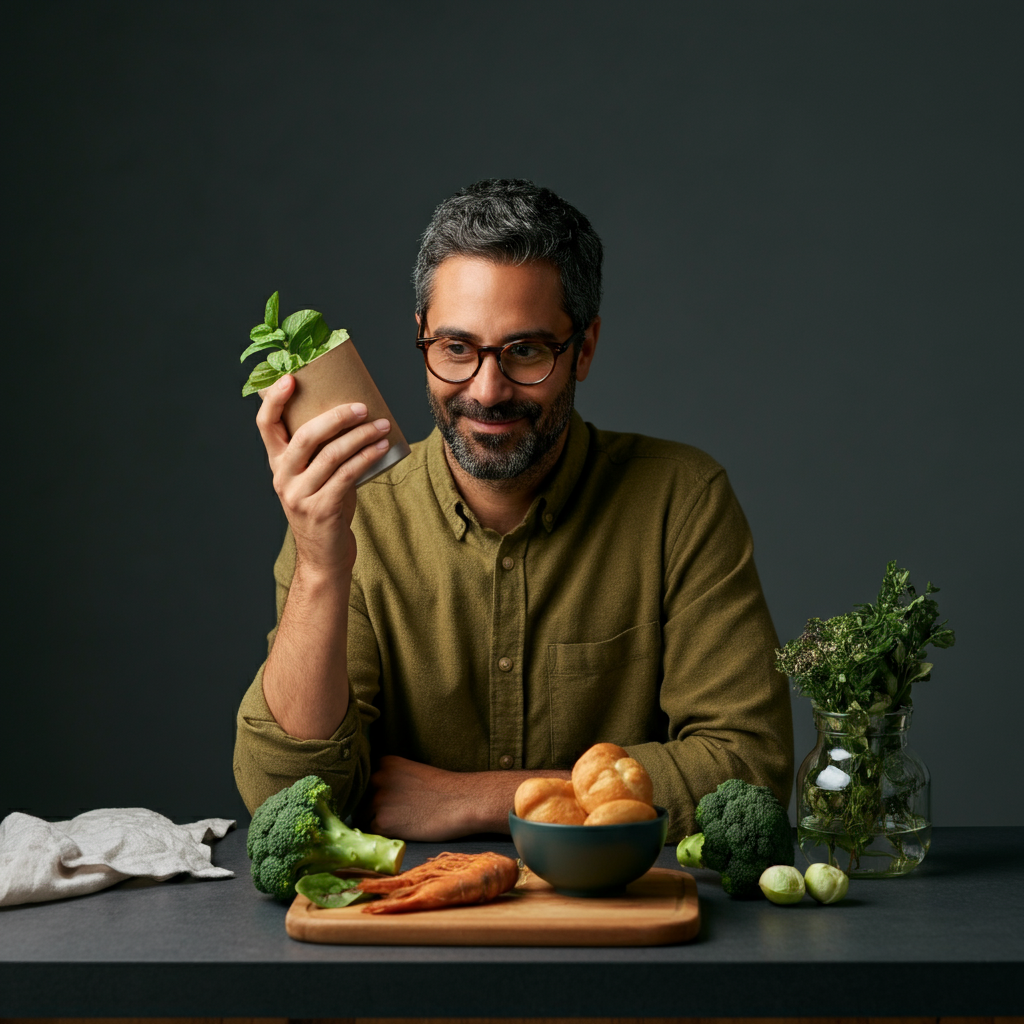Effective Strategies for Mitigating Toxigenic Fungi in Foods
Toxigenic fungi pose significant food safety risks by producing harmful mycotoxins, such as aflatoxins and ochratoxins, which can contaminate food products like grains and nuts, leading to serious health issues. Traditional control methods, such as …





















